On Air Now
Classic FM Breakfast with Dan Walker 6:30am - 9am
He wrote the ice skaters’ favourite Bolero, a jazzy Piano Concerto and a Pavane for a Dead Princess. Find out more about the complex composer Maurice Ravel.
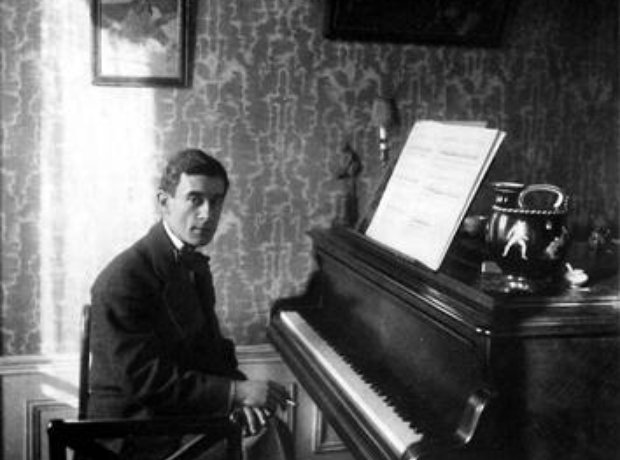
Born in 1875 in the Basque region of France, Ravel began music lessons when he was six. At 14, he gave his earliest public piano recital. ‘As a child, I was sensitive to music,’ said Ravel, ‘to every kind of music.’
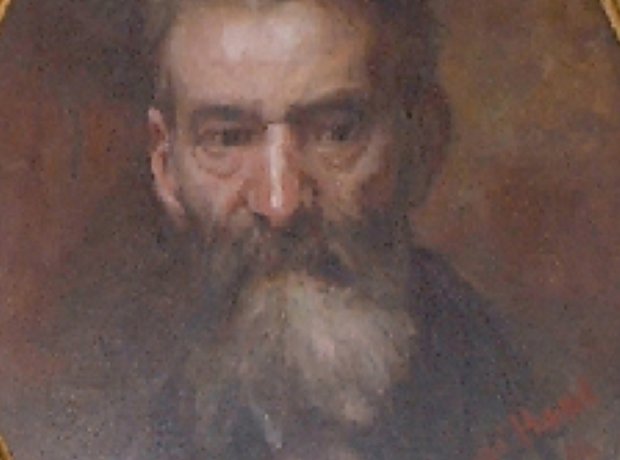
Ravel’s father Joseph was an inventor, responsible for a notorious ‘Whirlwind of Death’ circus machine. Joseph took his sons to factories to see the latest machinery and instilled in them a love of music.
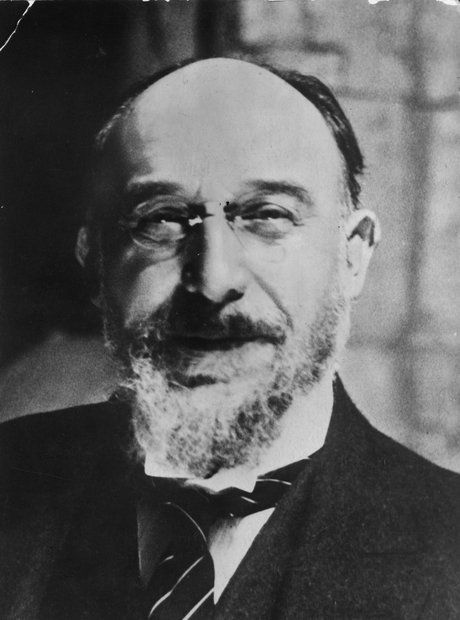
The young Maurice Ravel was captivated by new music coming out of Russia, particularly Rimsky-Korsakov’s. He was also introduced by his father to Erik Satie, pictured, whose distinctive personality and unorthodox music had a strong influence on Ravel.

By 20, Ravel was something of a dandy - meticulous about his appearance and demeanor. He was a lifelong smoker and enjoyed good food, fine wine, and spirited conversation.

Ravel studied composition with Gabriel Fauré - pictured - whom he admired. Ravel generally had strong opinions on music and musicians, describing much of Beethoven "exasperating", Wagner's influence "pernicious" and Berlioz's harmony "clumsy".
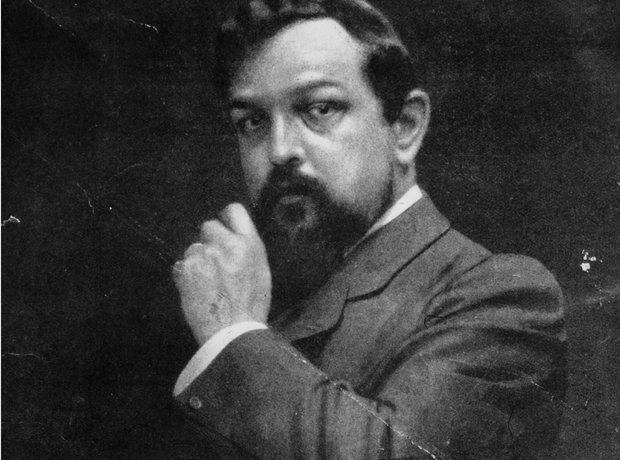
Debussy and Ravel admired each other’s music. However, Ravel did criticize Debussy sometimes, particularly regarding his orchestration, once saying, ‘If I had the time, I would reorchestrate La Mer.’
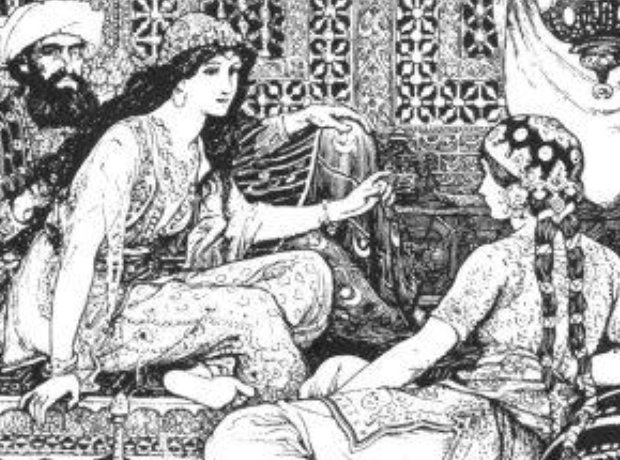
In 1899, Ravel conducted his first orchestral piece, Shéhérazade, and was greeted by a raucous response of boos and applause. One critic described the composer as a ‘mediocrely gifted debutante...who will perhaps become something if not someone in about ten years, if he works hard.’
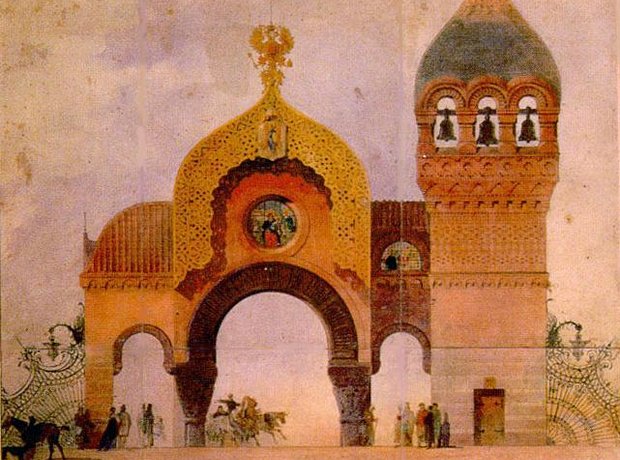
Ravel became a master orchestrator, carefully studying every musical instrument to determine their possibilities. His famous orchestration of Mussorgsky’s Pictures at an Exhibition, brought Ravel substantial income.
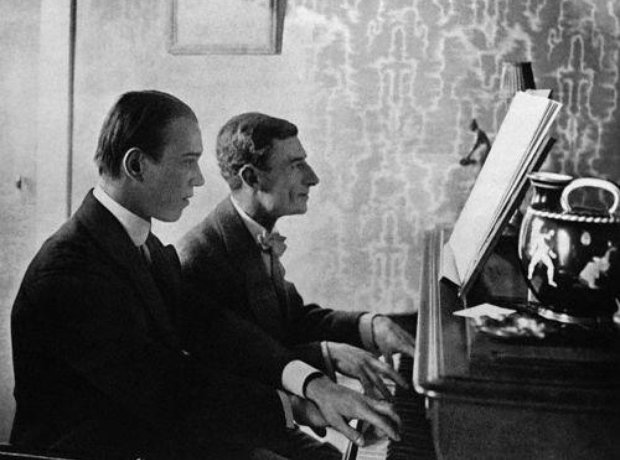
Ravel began working on his ballet Daphnis et Chloé during 1909 - a commission from Diaghilev for the great dancer Nijinsky. They are seen here together playing from the score. It was not an easy project, and the reception was unenthusiastic. Stravinsky later called Daphnis et Chloé ‘one of the most beautiful products of all French music’.
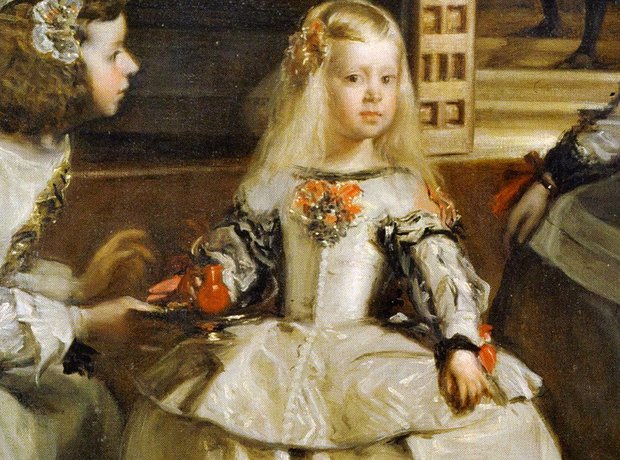
The Pavane pour une infante defunte was written as a piano piece for Princesse Edmond de Polignac, whose father was Isaac Singer, the famous sewing machine manufacturer. Ravel was at pains to point out that, despite the title, the piece is not a funeral lament but ‘rather an evocation of the pavane that might have been danced by such a little princess as painted by Velazquez.’
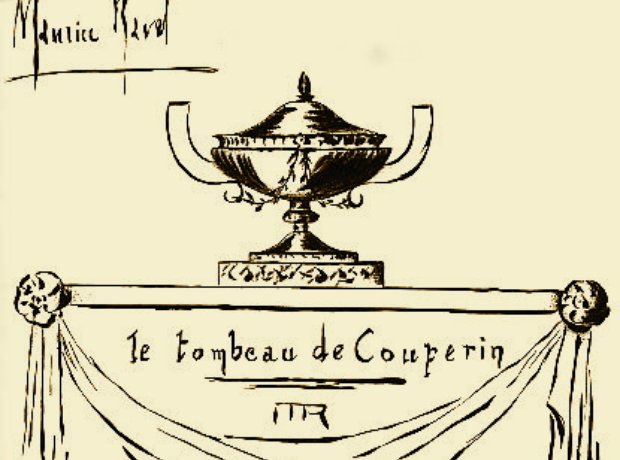
Ravel spent World War I as a truck driver stationed at the Verdun front. The war caused him such deep distress that a number of important projects never came to fruition. He did manage however to complete Le Tombeau de Couperin, with each movement dedicated to a friend who died in the war.
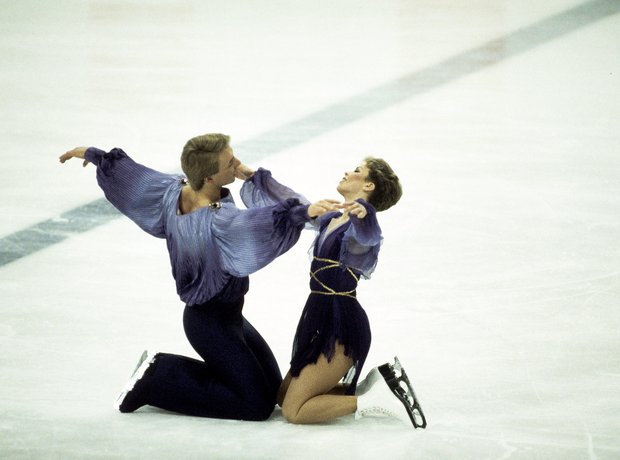
Ravel’s Boléro began life as Ravel’s Fandango – a commission from a Russian ballerina. The composer described it as a ‘piece for orchestra without music.’ The insistent, repetitive tune was famously skated to by Torvill and Dean at the Sarajevo Winter Olympics in 1984.
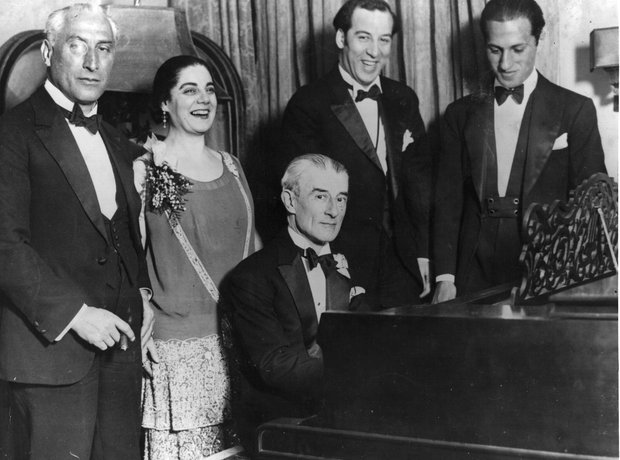
In 1928, Ravel made a very lucrative, four-month long, 25-city concert tour of the U.SA. He went with Gershwin to hear jazz in Harlem and also visited New Orleans. His admiration of jazz caused him to include some jazz elements in a few of his later compositions, especially the two piano concertos. The picture shows a birthday party honoring Ravel, held in New York City, 8 March 1928. From left: Oscar Fried, conductor; Eva Gauthier, singer; Ravel at piano; Manoah Leide-Tedesco, composer-conductor; and George Gershwin.

The Piano Concerto in G was always intended to be a frivolous work, kicking off as it does with a whip-crack. The work is filled with Gershwin-esque jazzy idioms. The beautiful second movement is to die for. ‘How I worked over it bar by bar!’ said Ravel. ‘It nearly killed me!’
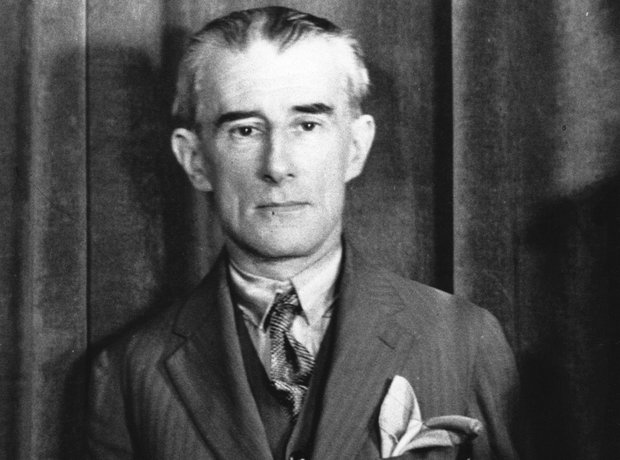
In 1932, Ravel suffered a blow to his head in a taxi accident. Afterwards he was frequently absent-minded. The remainder of his life was plagued by a malfunction of the brain probably caused by Pick's disease which increasingly affected his speech and movement. He died after a final, unsuccessful operation in 1937.